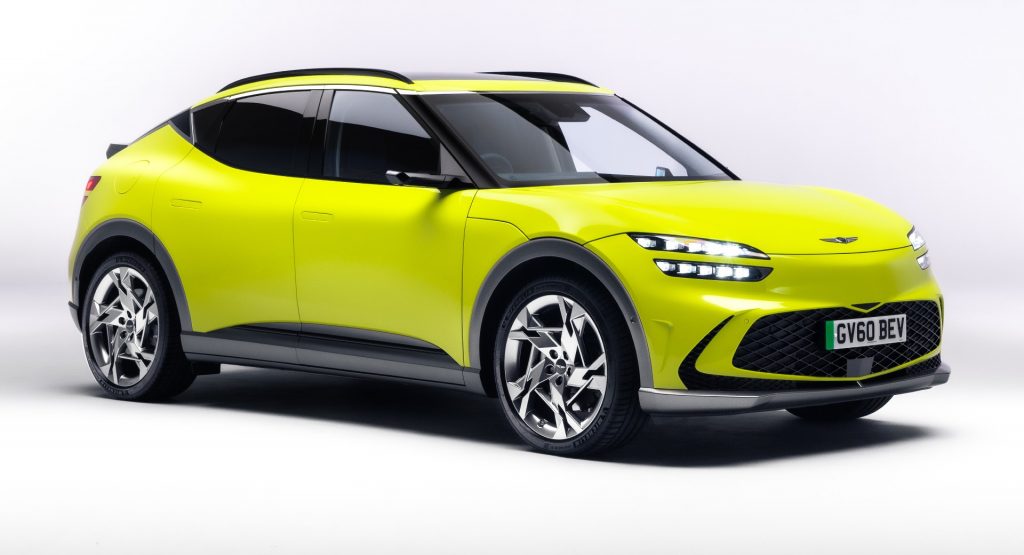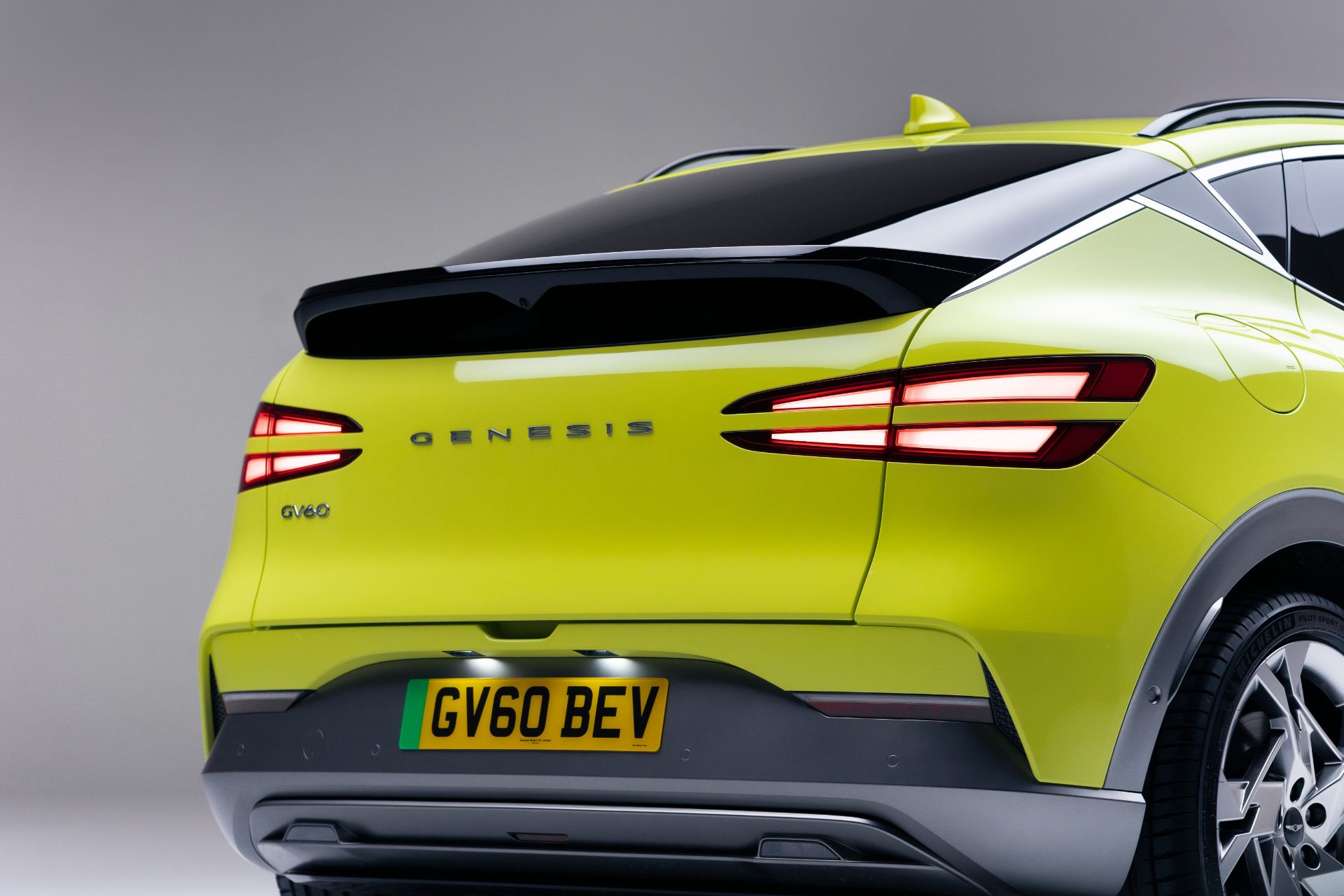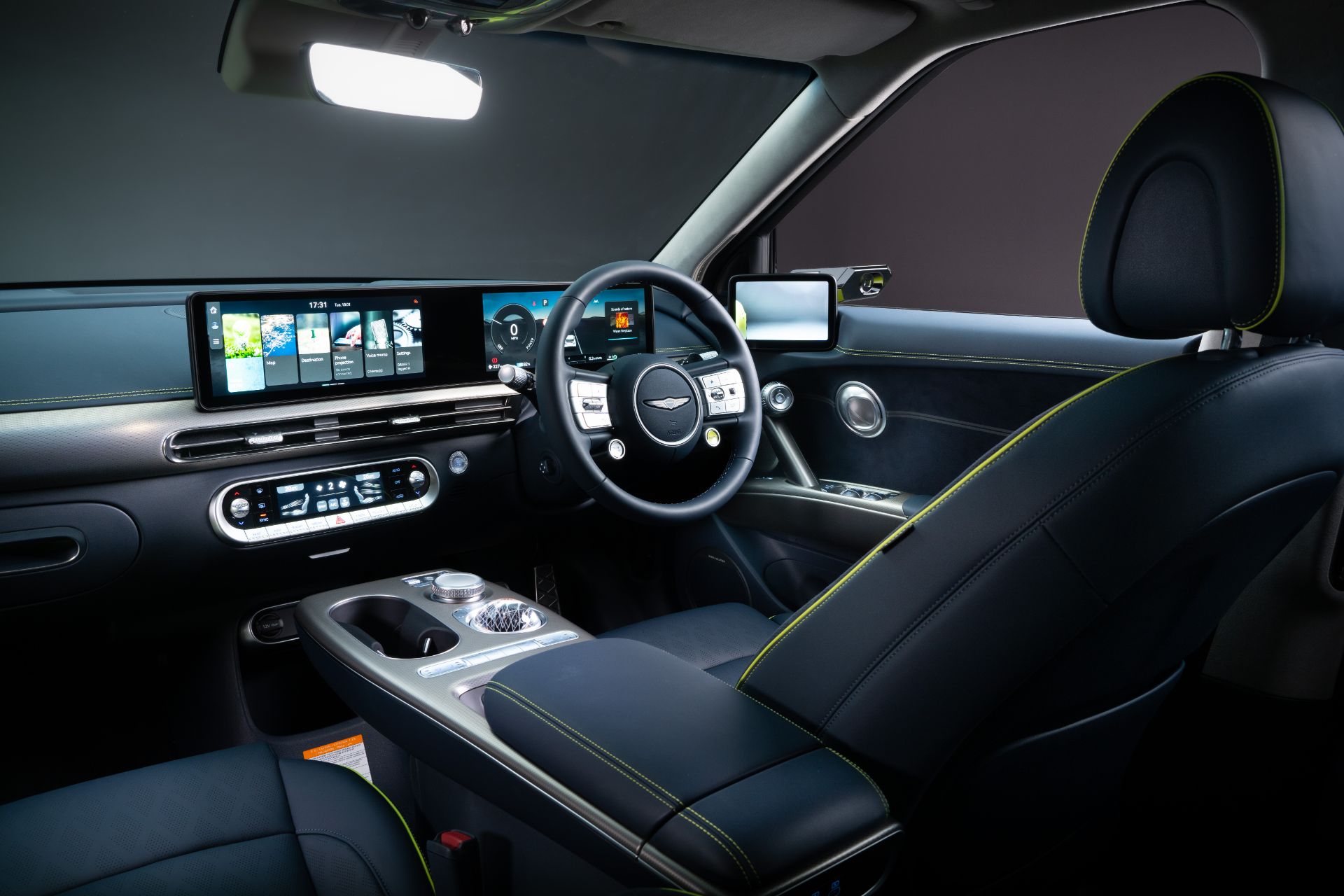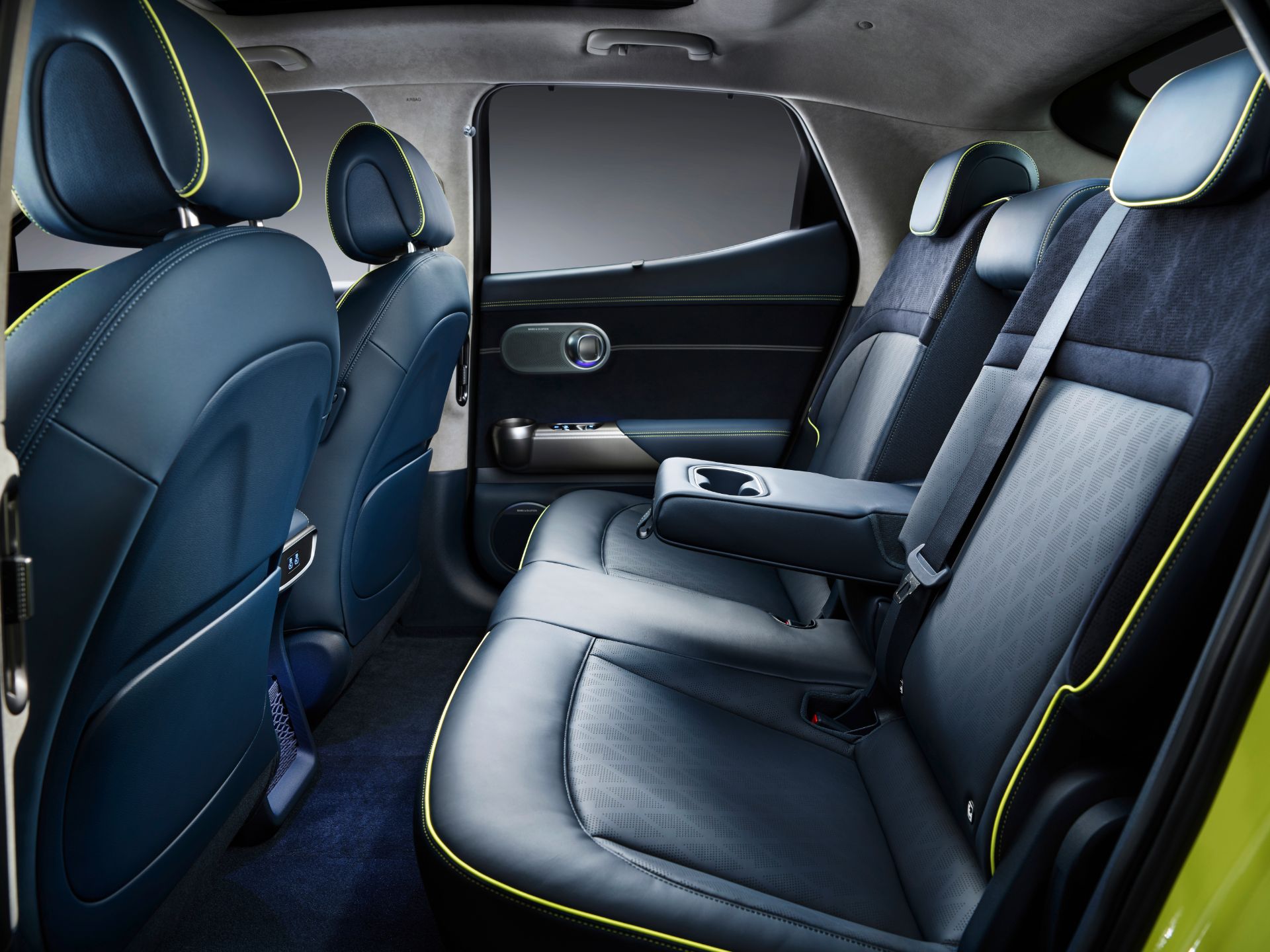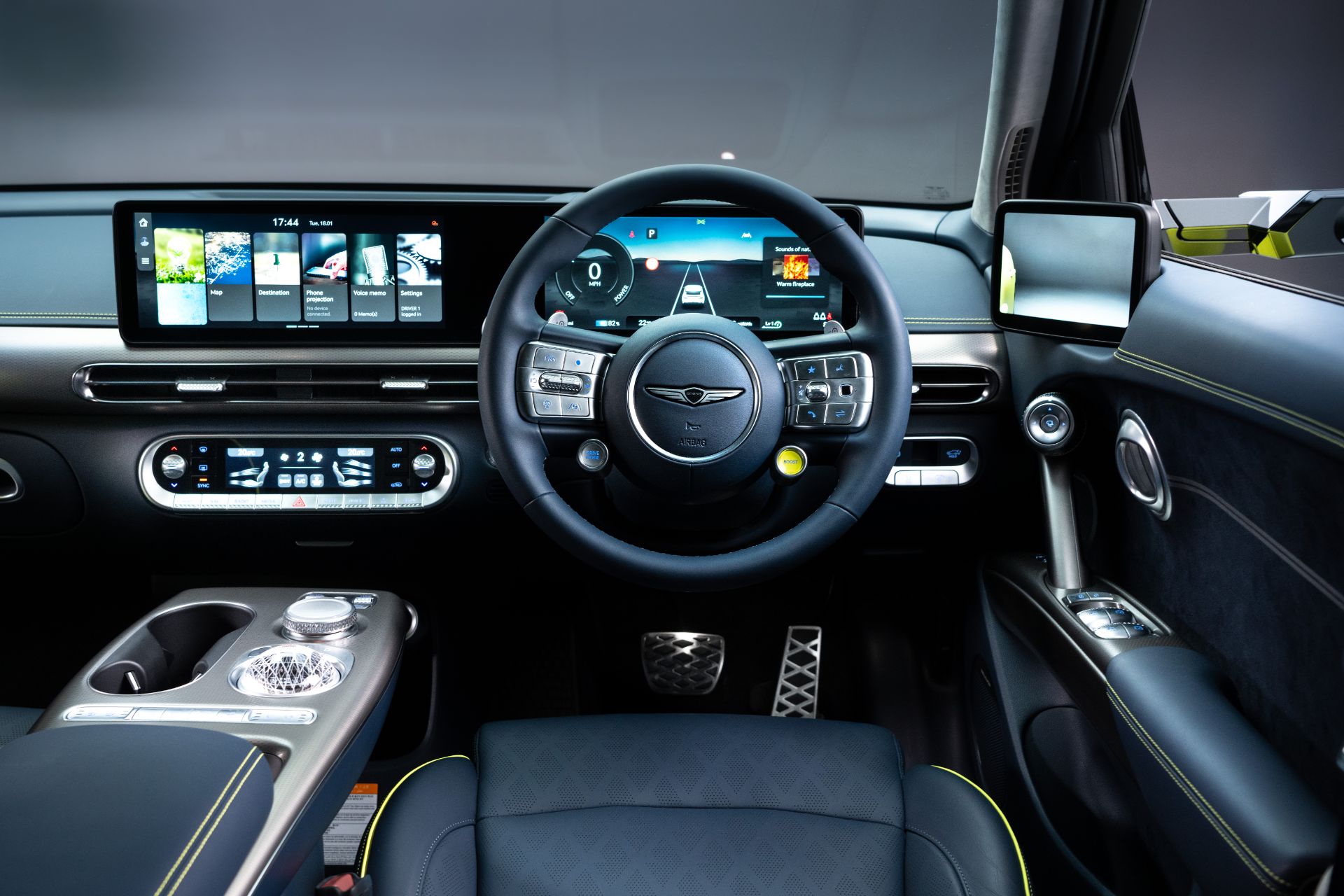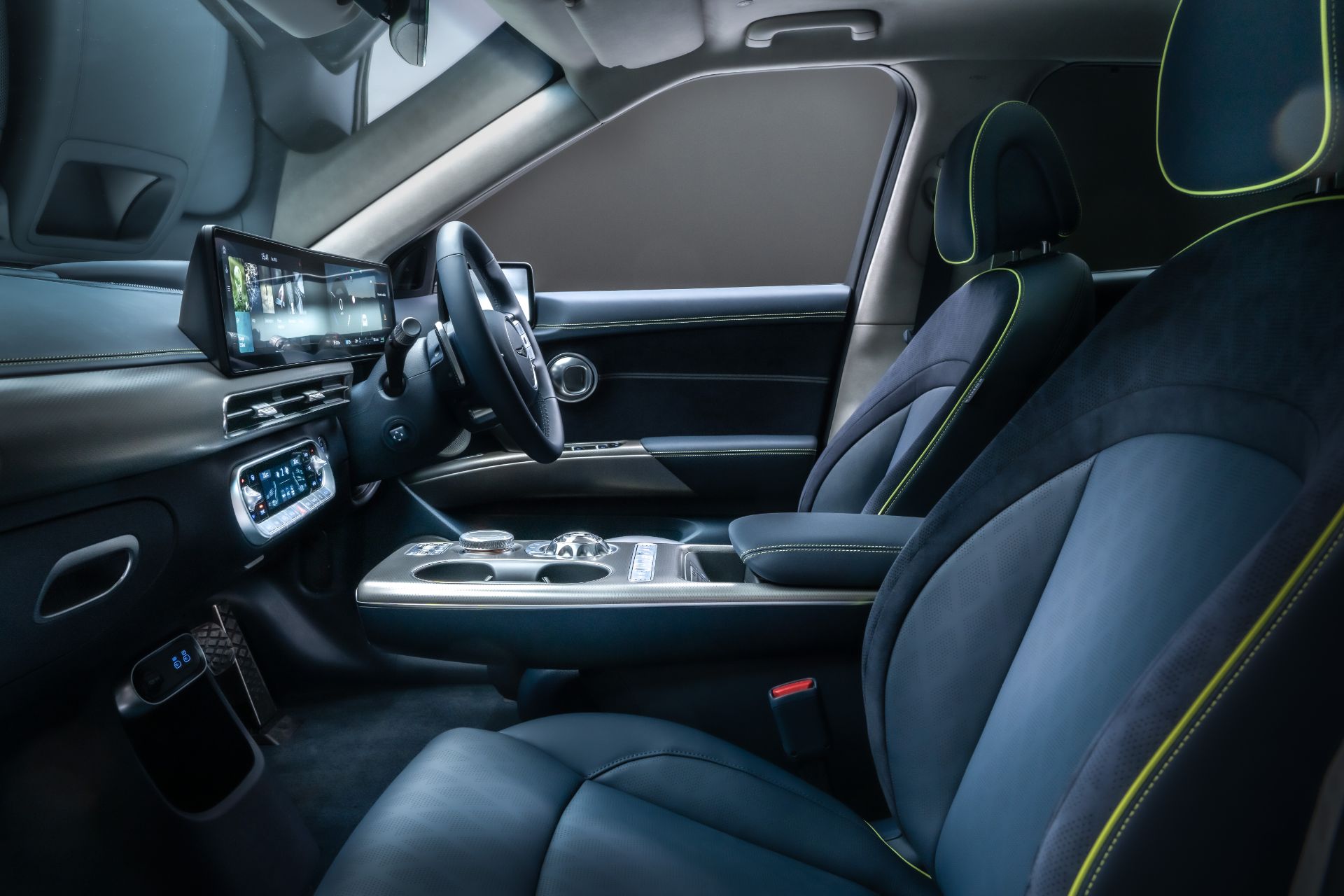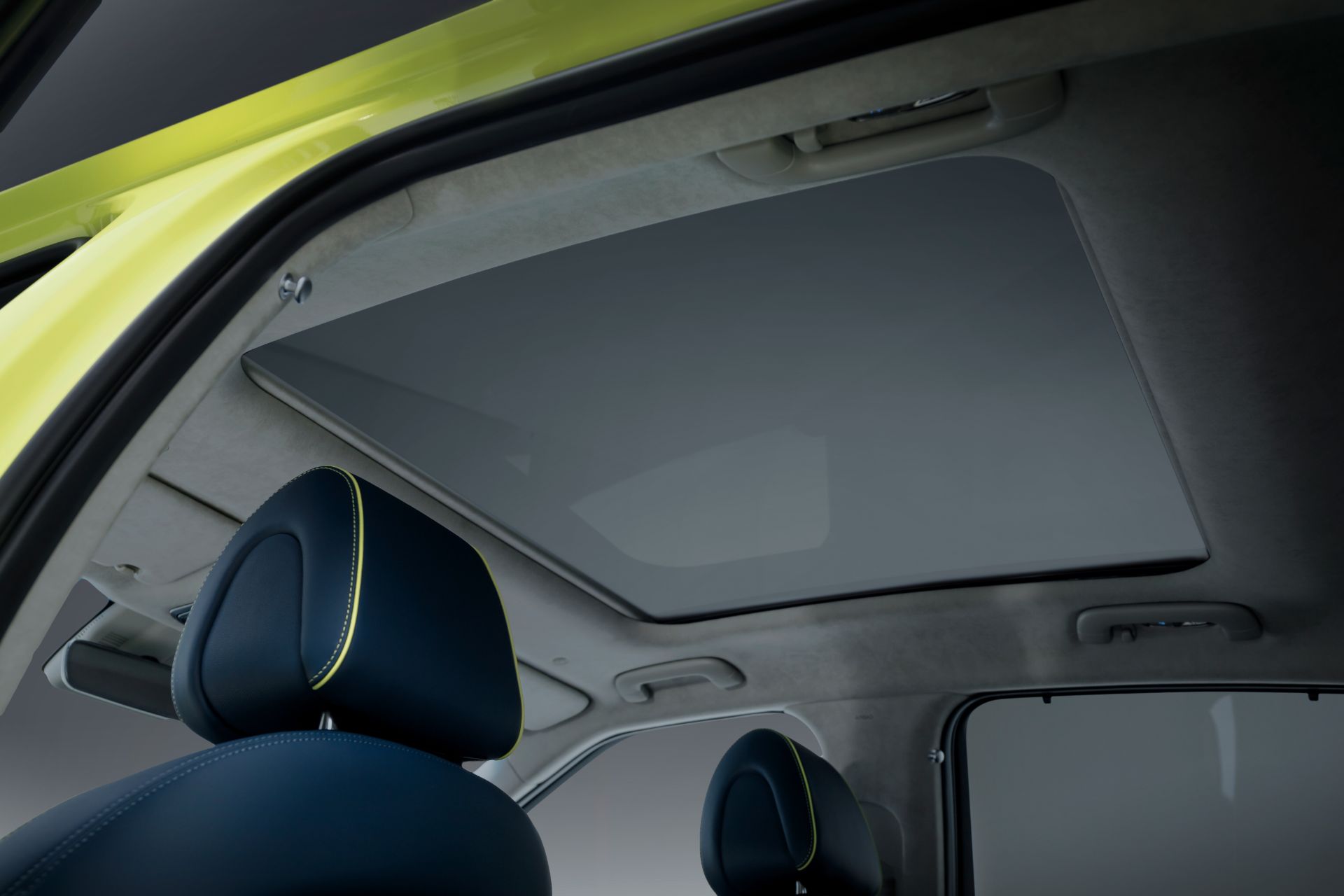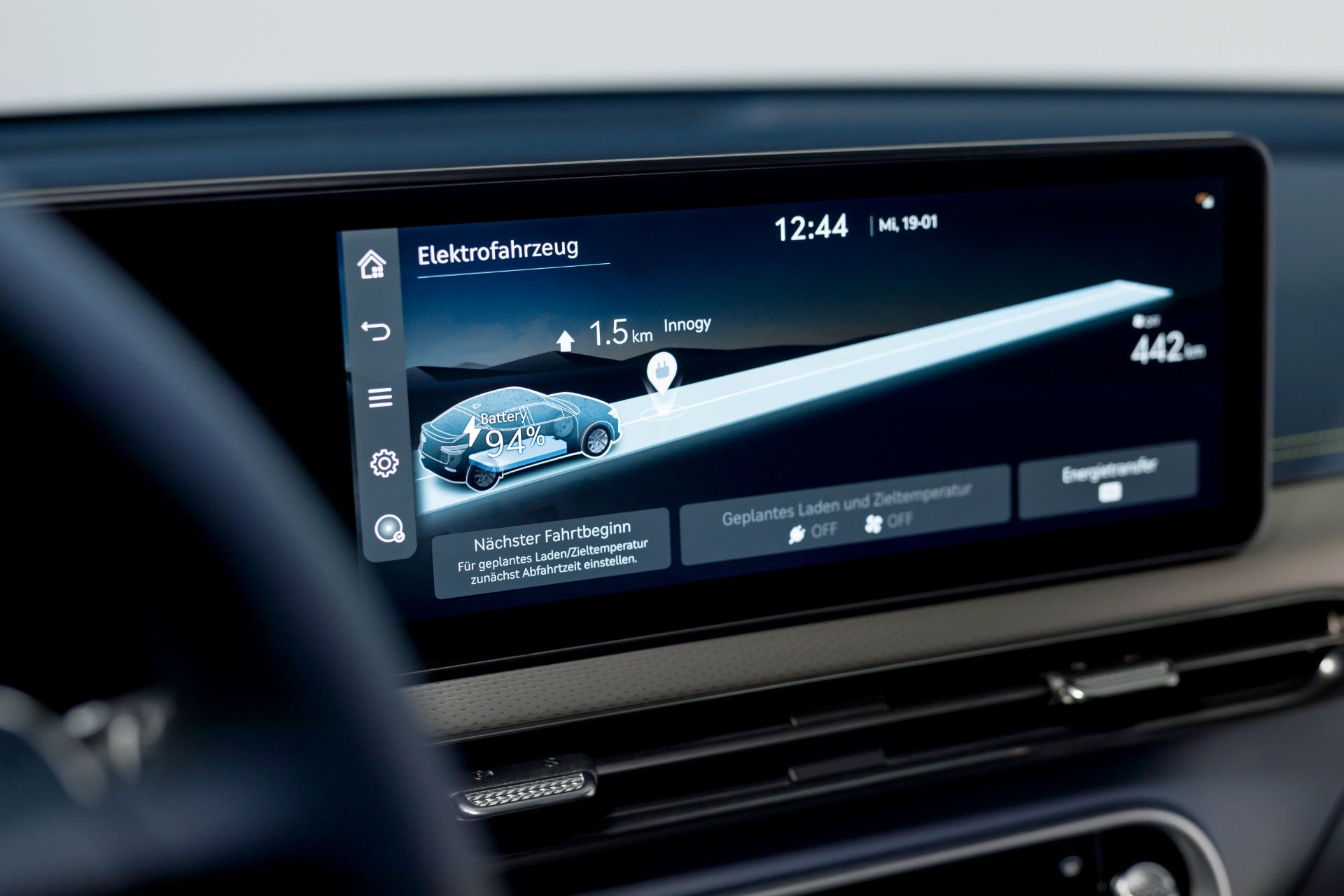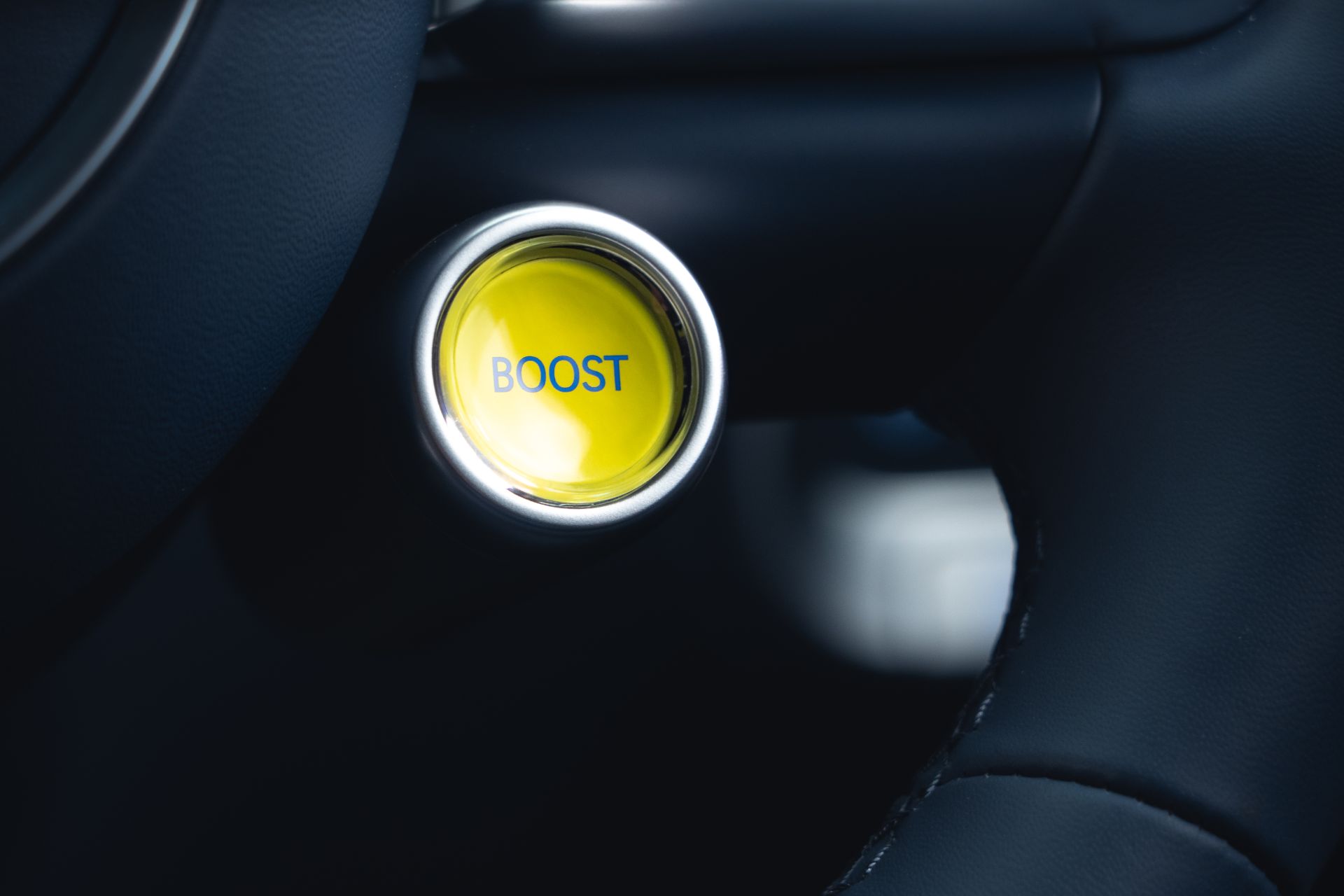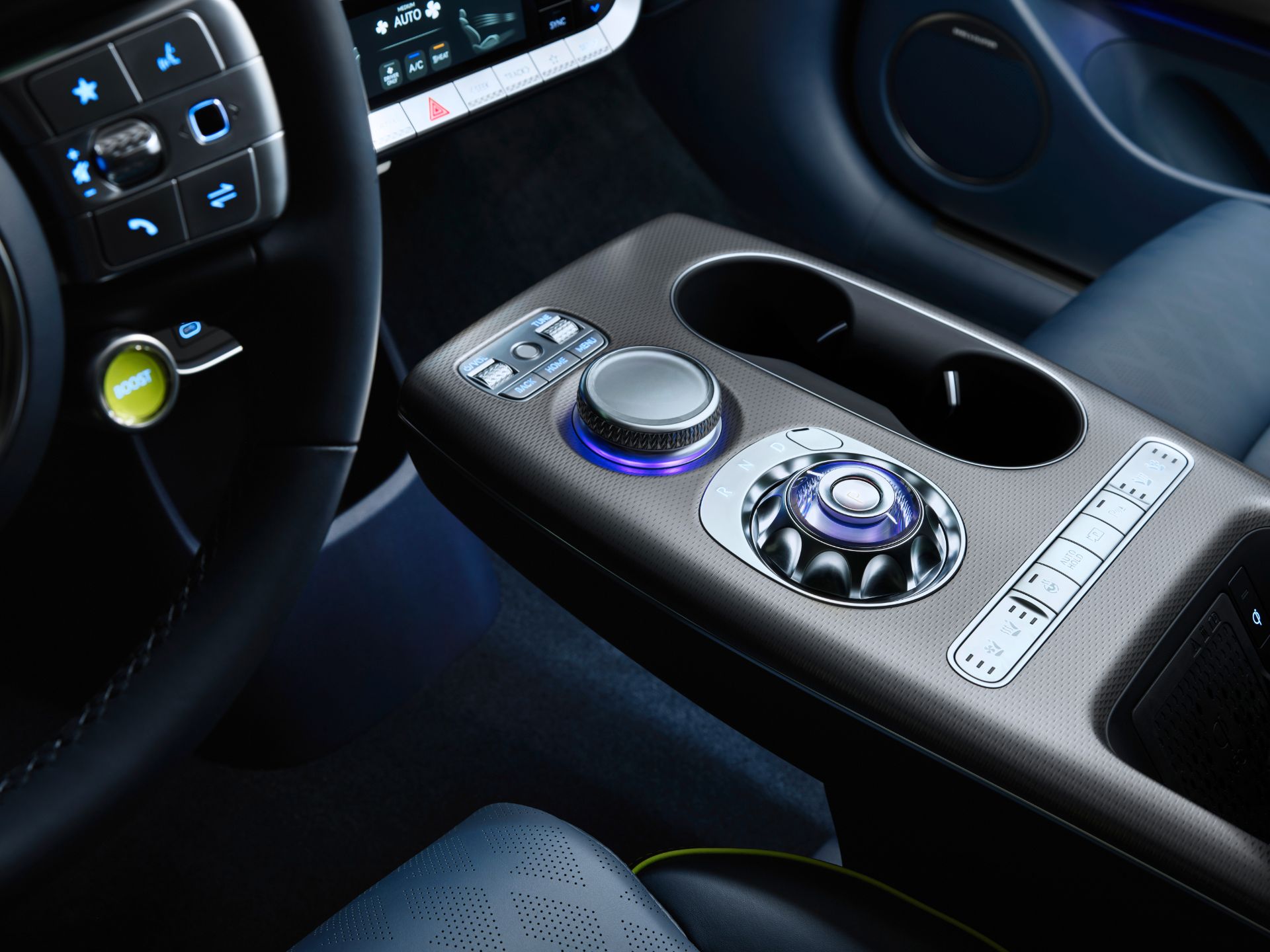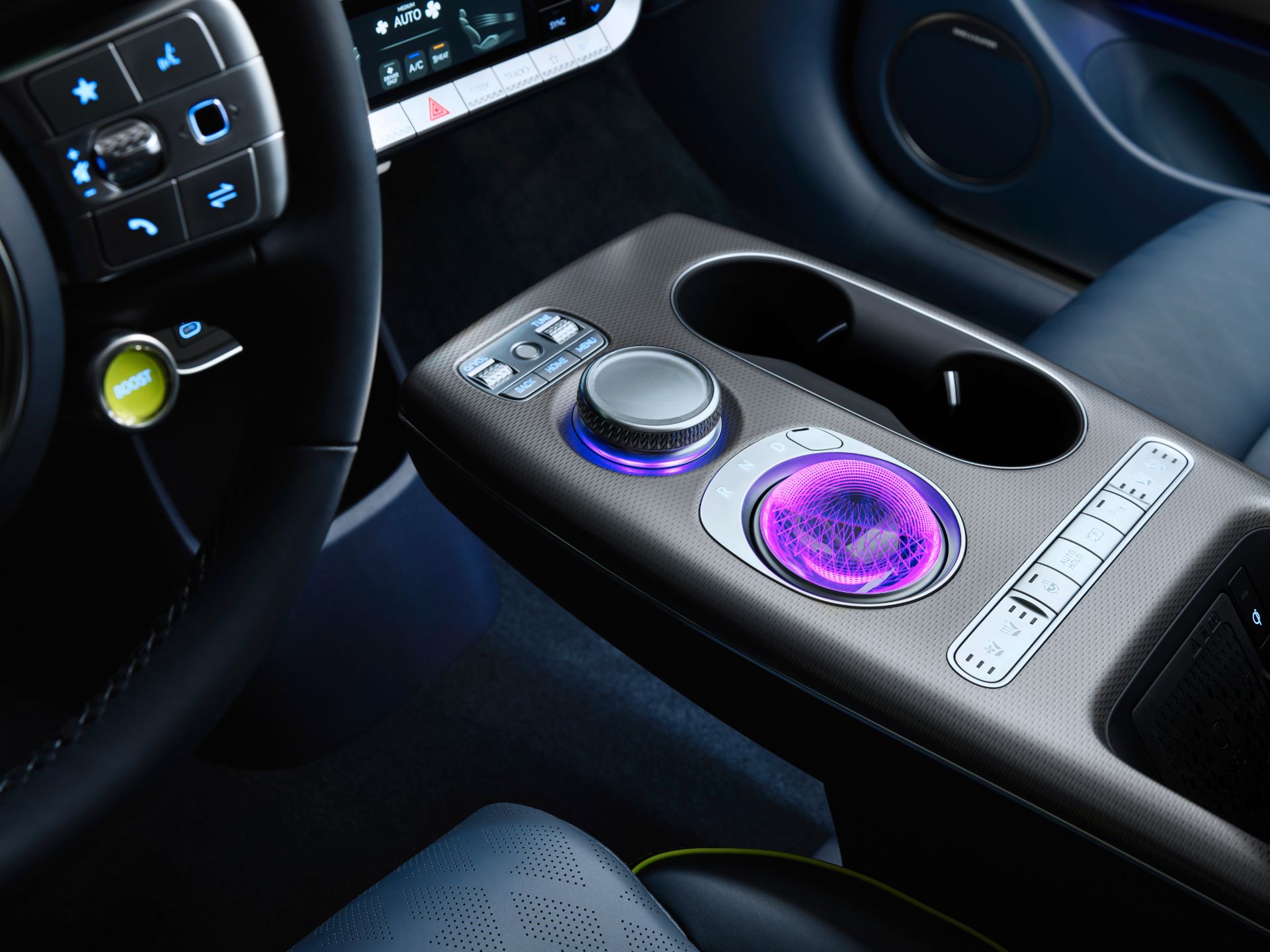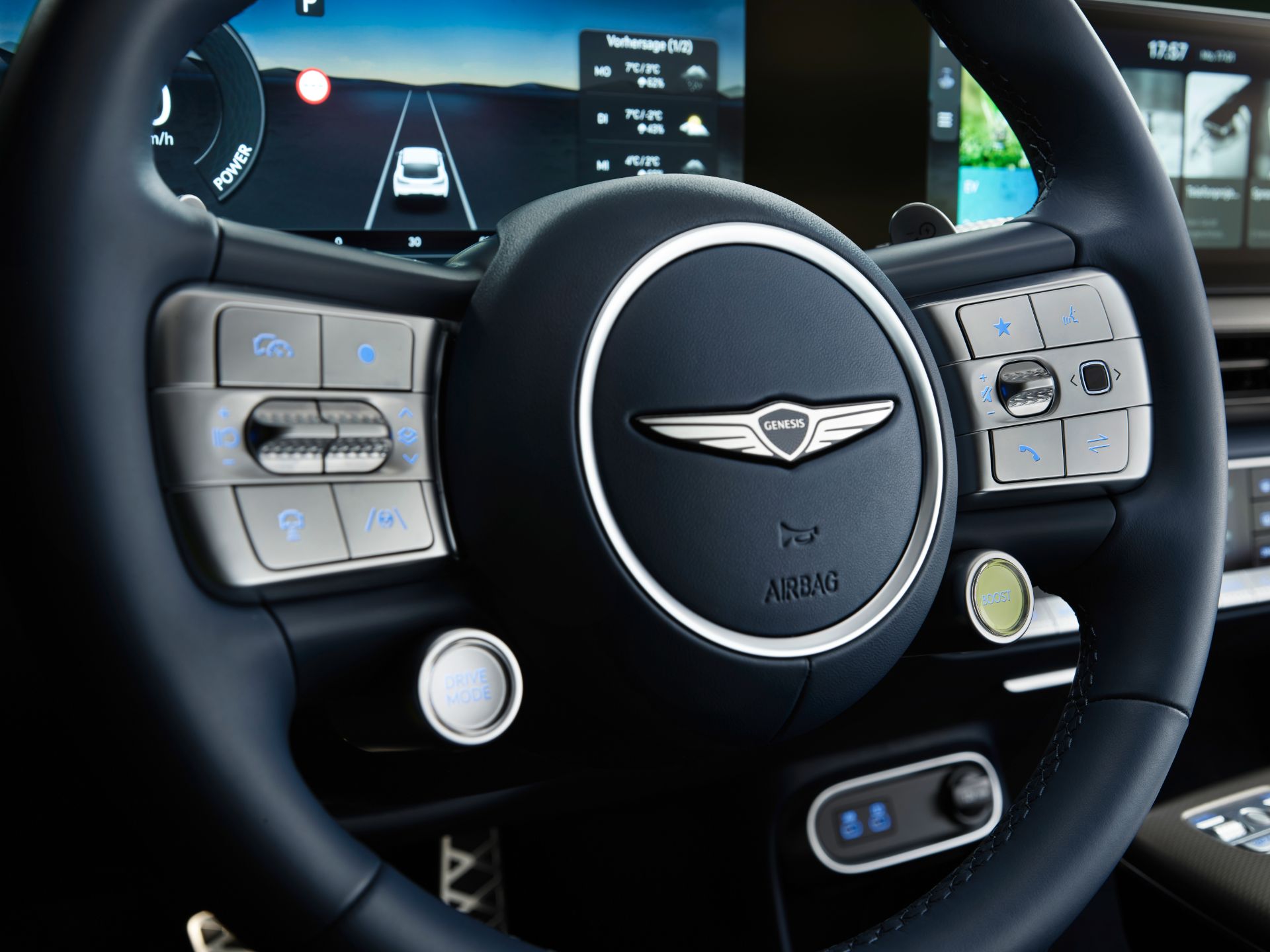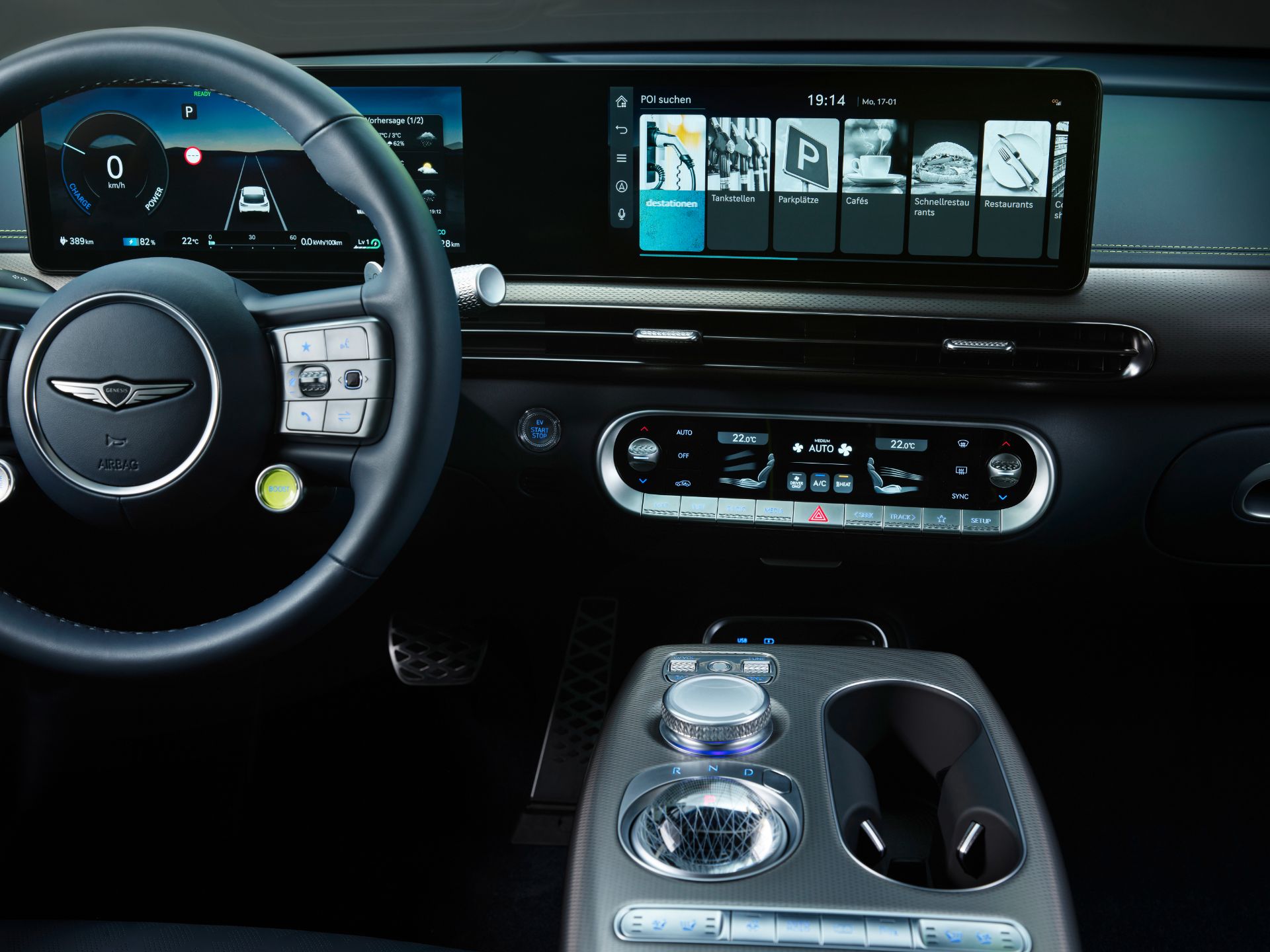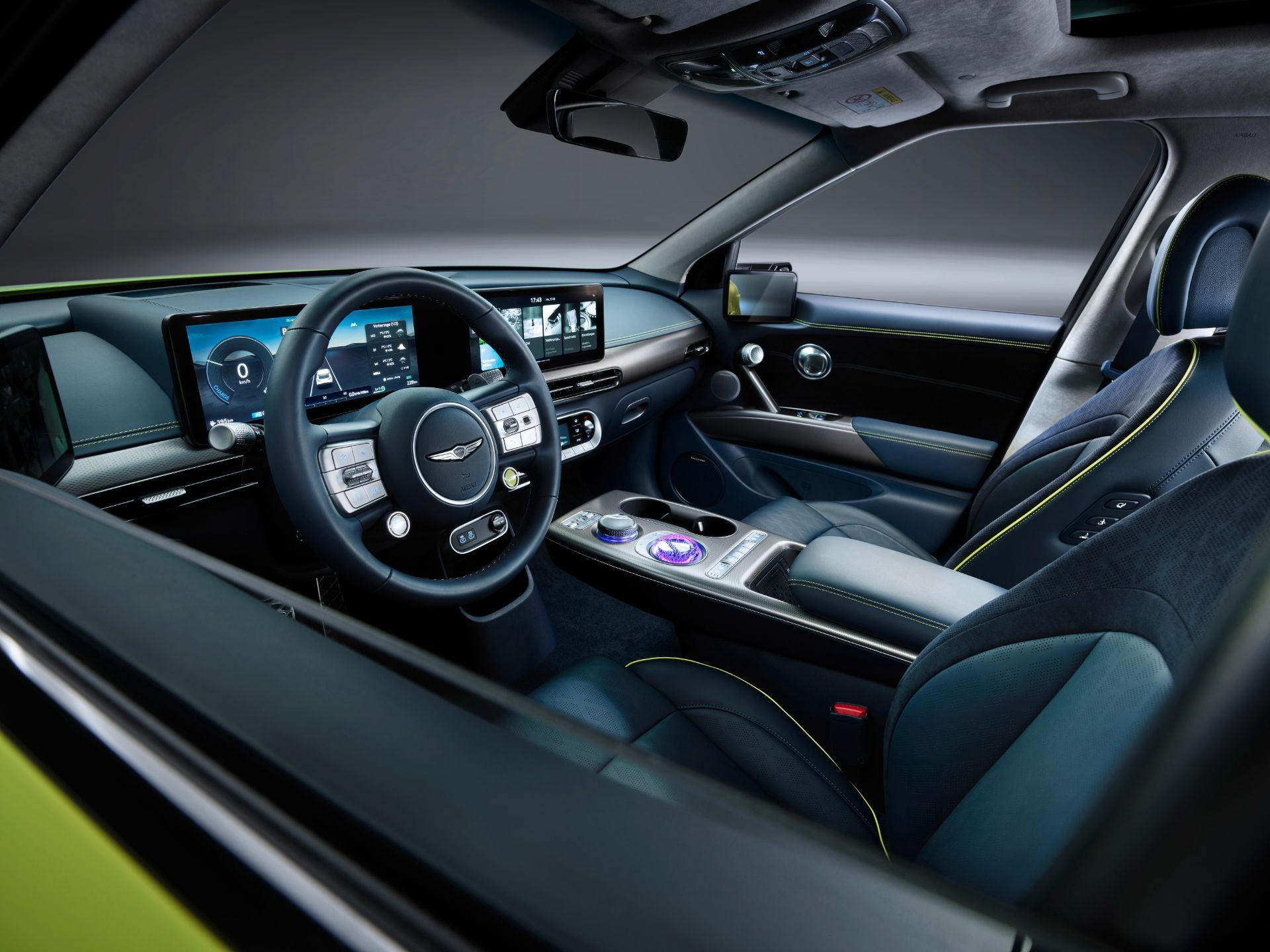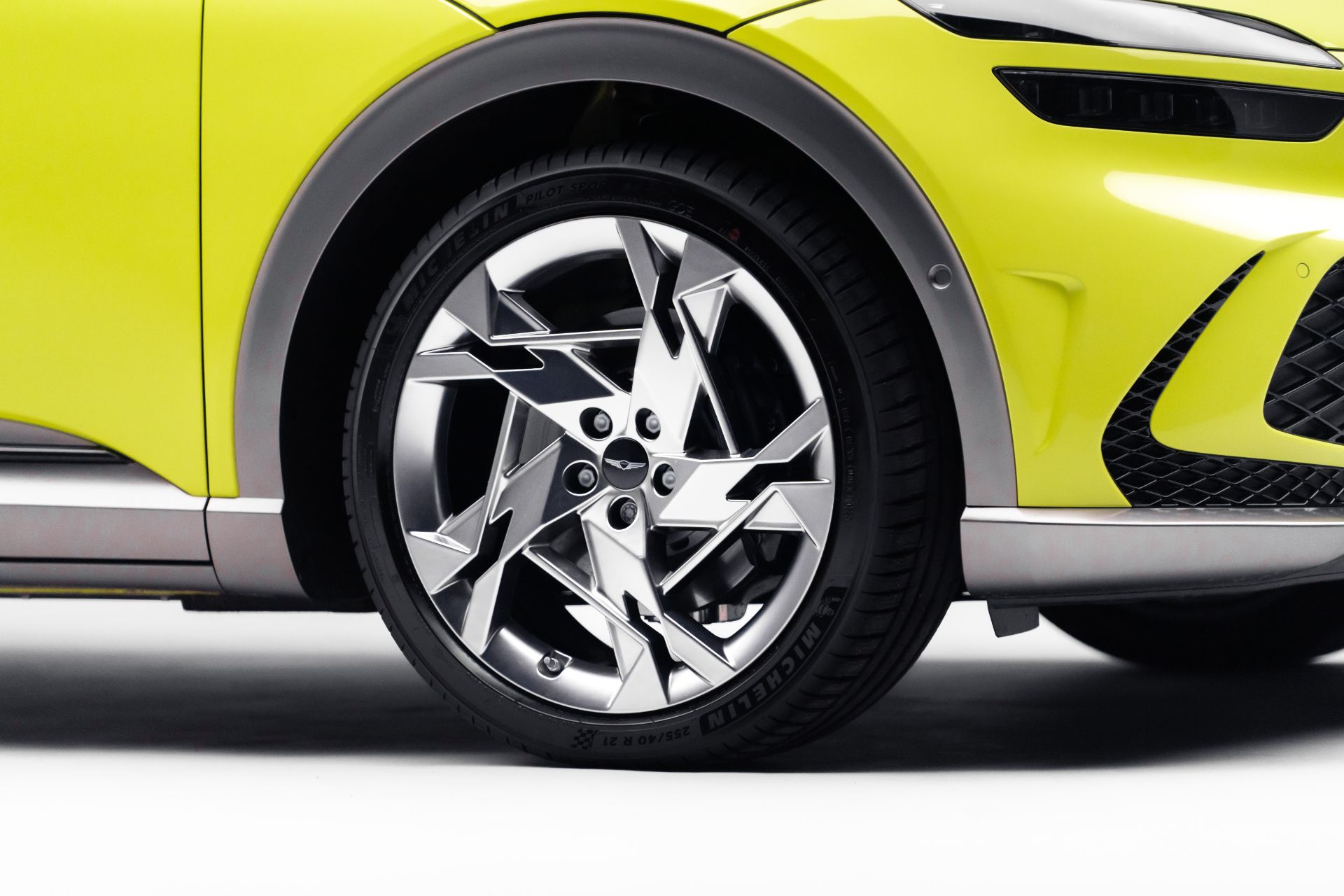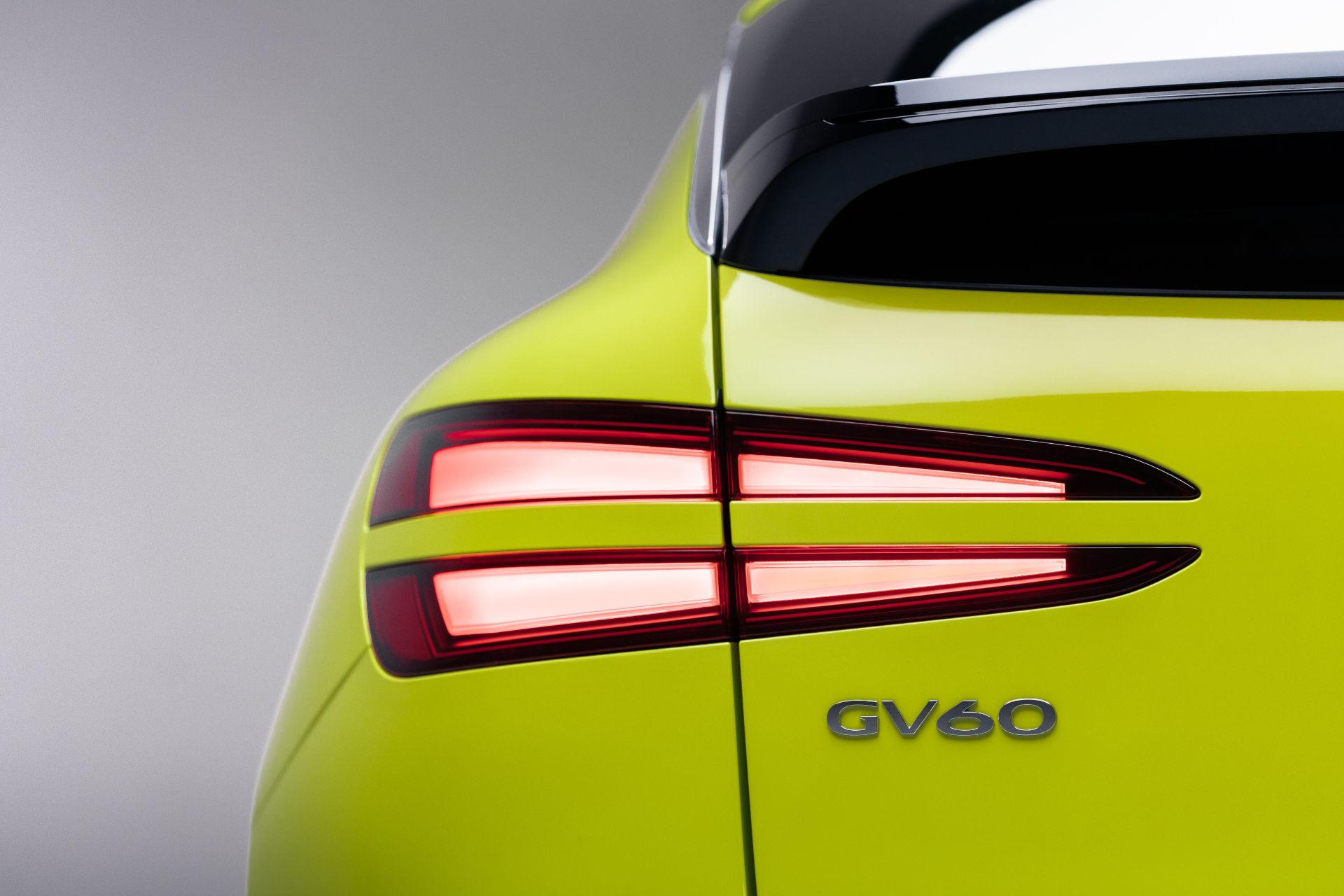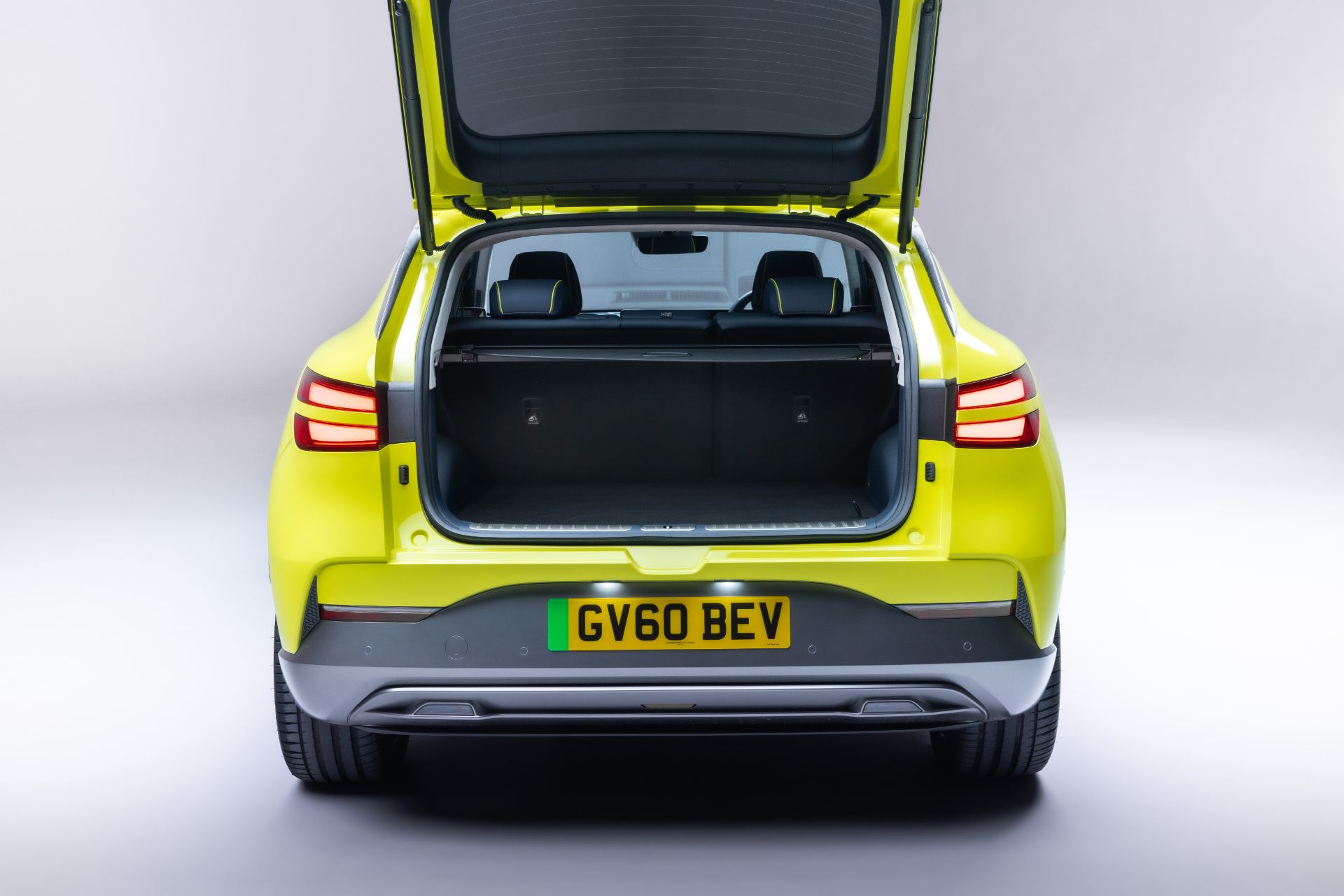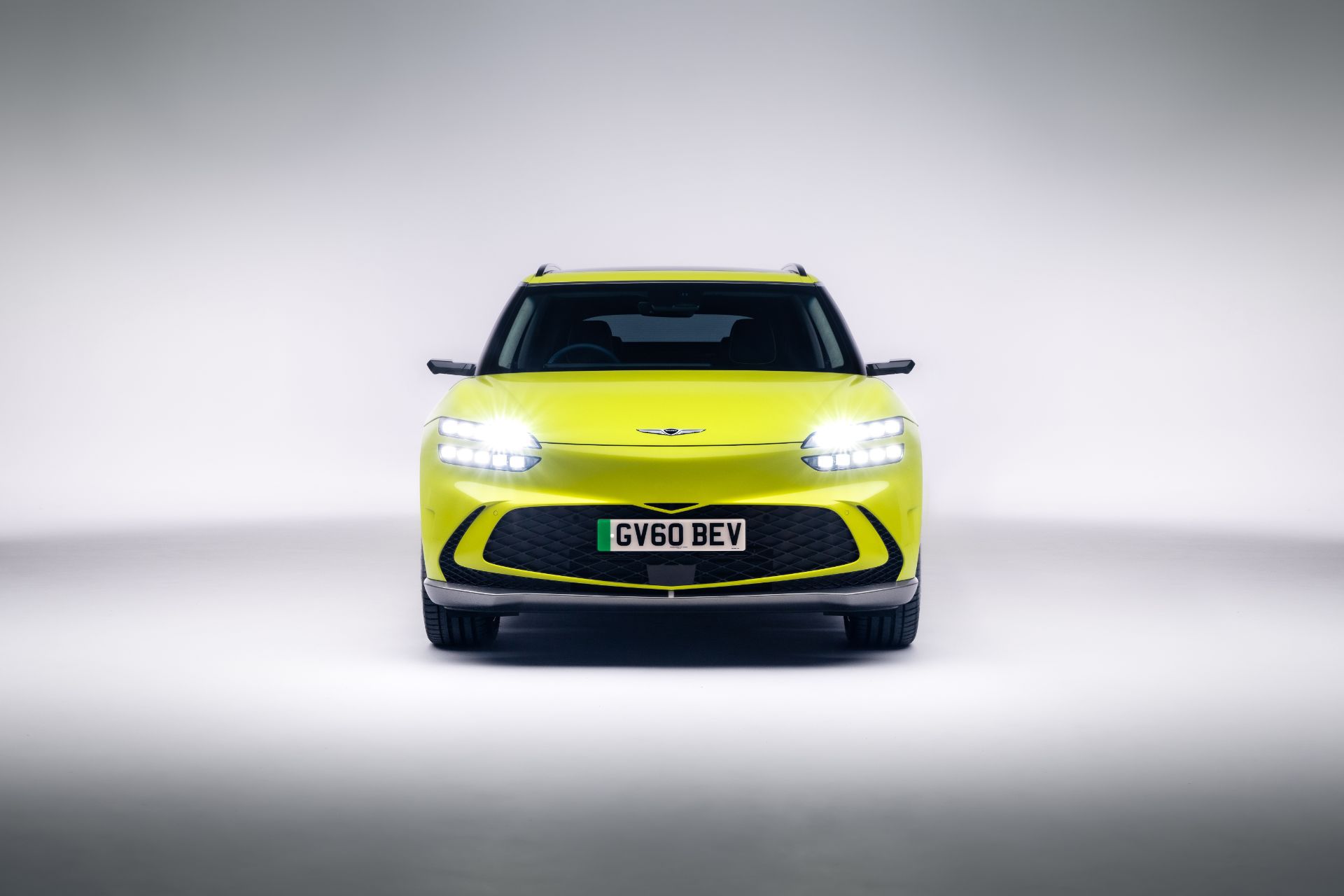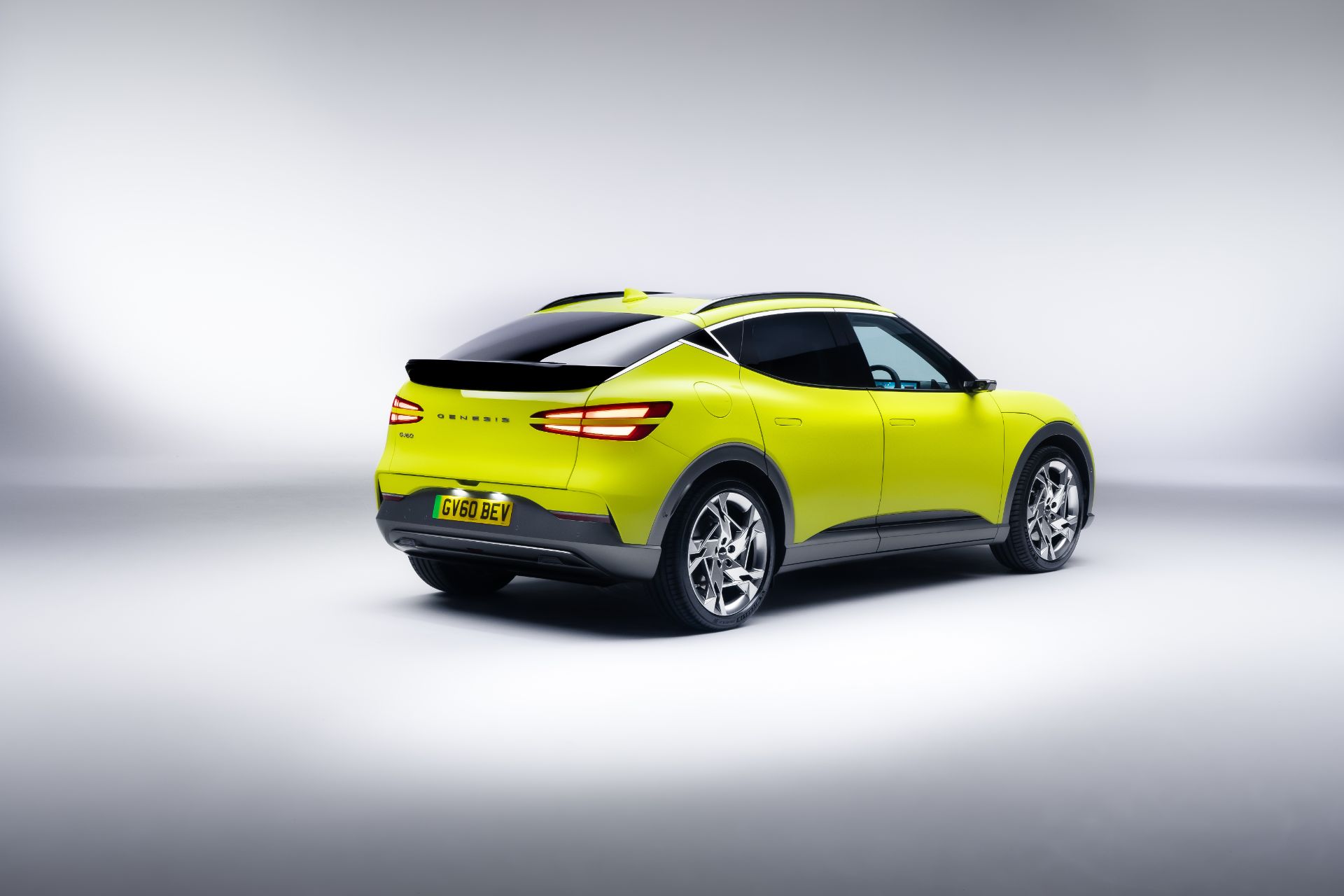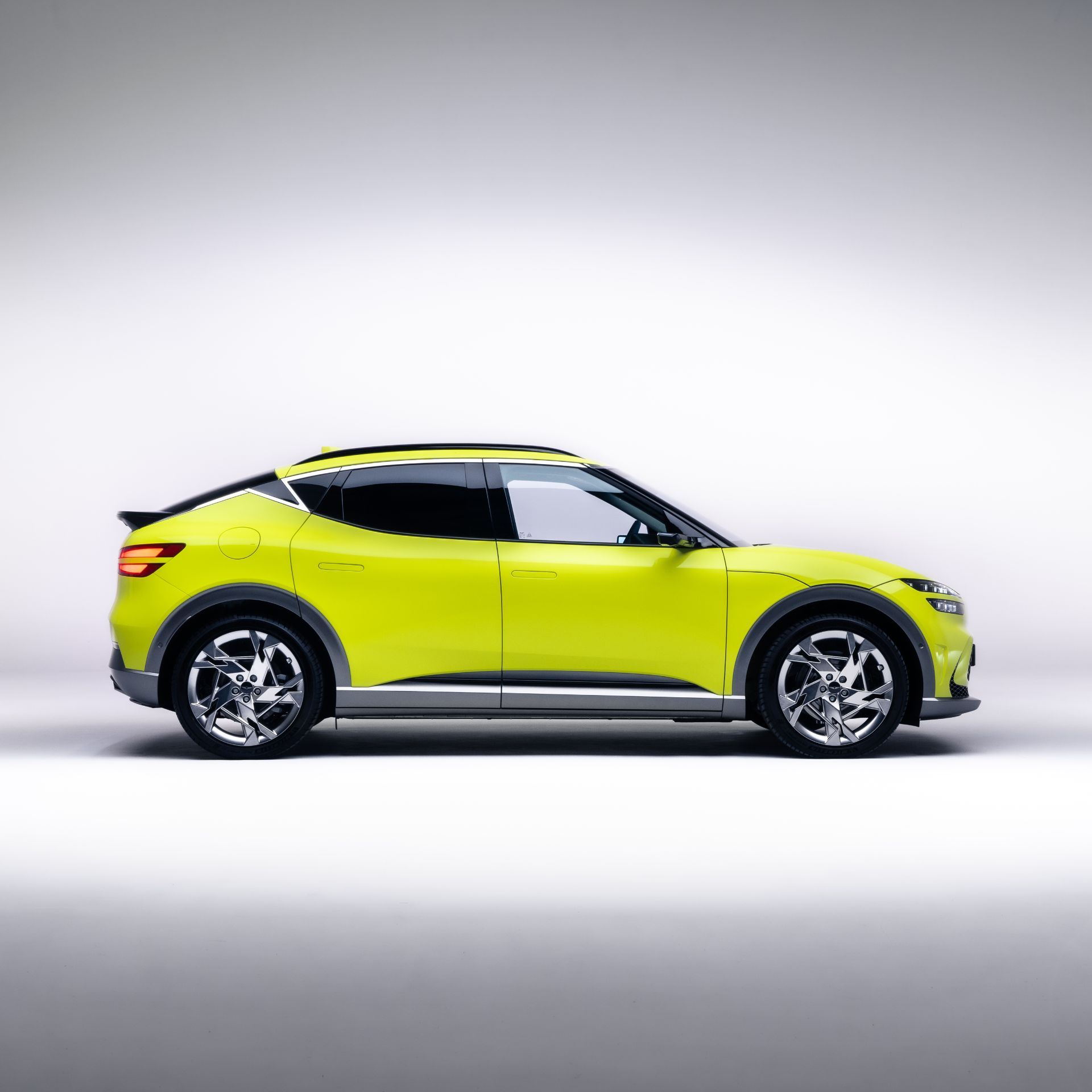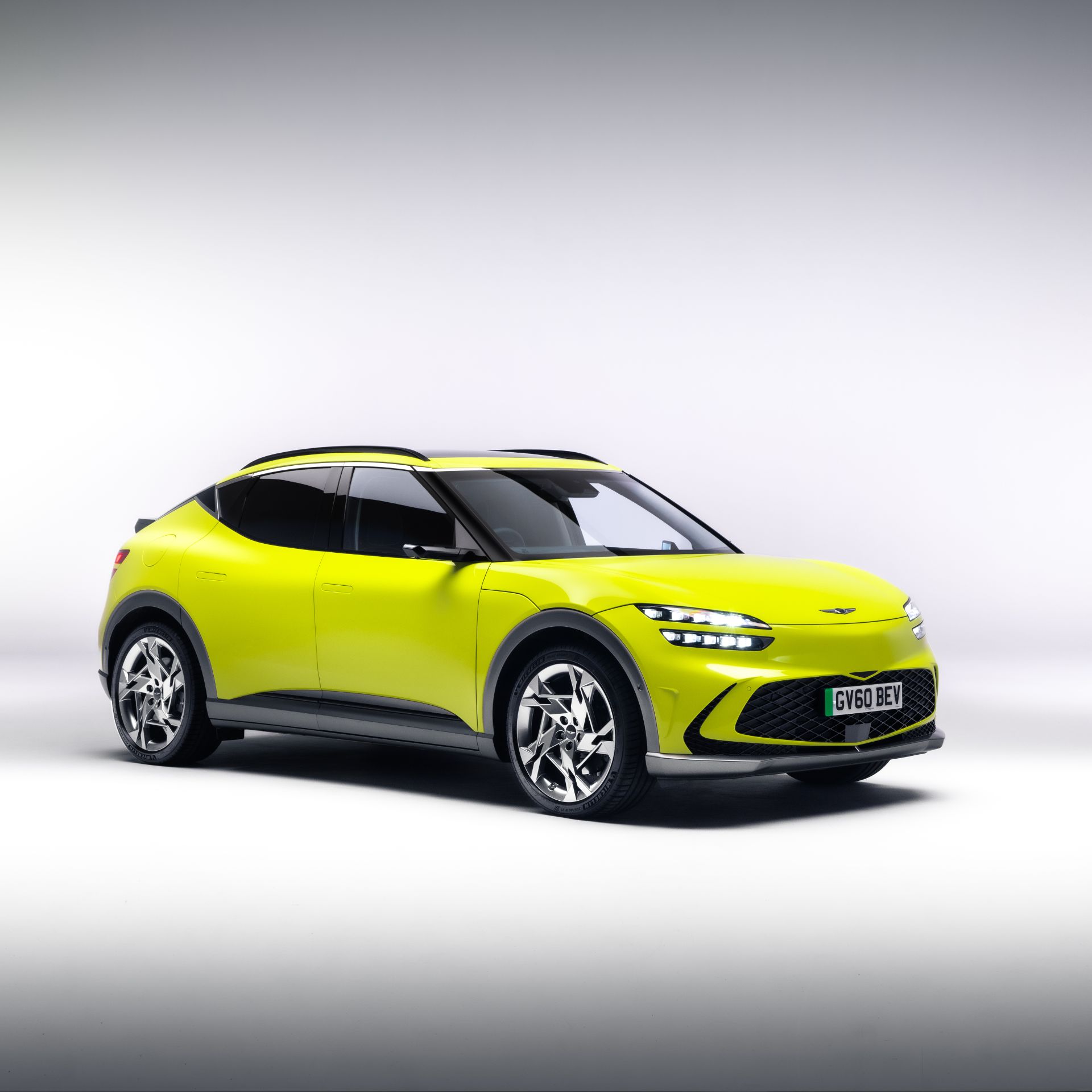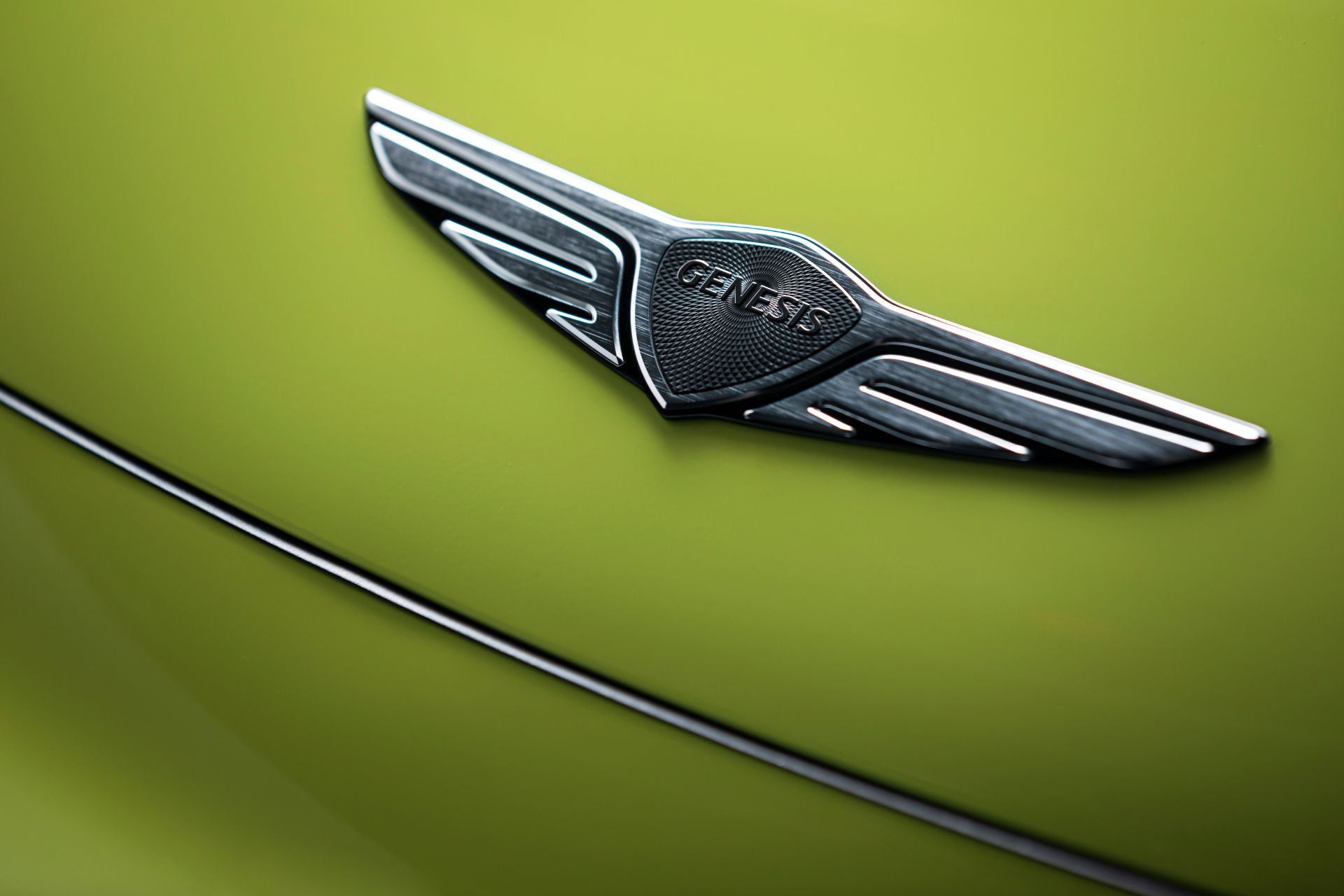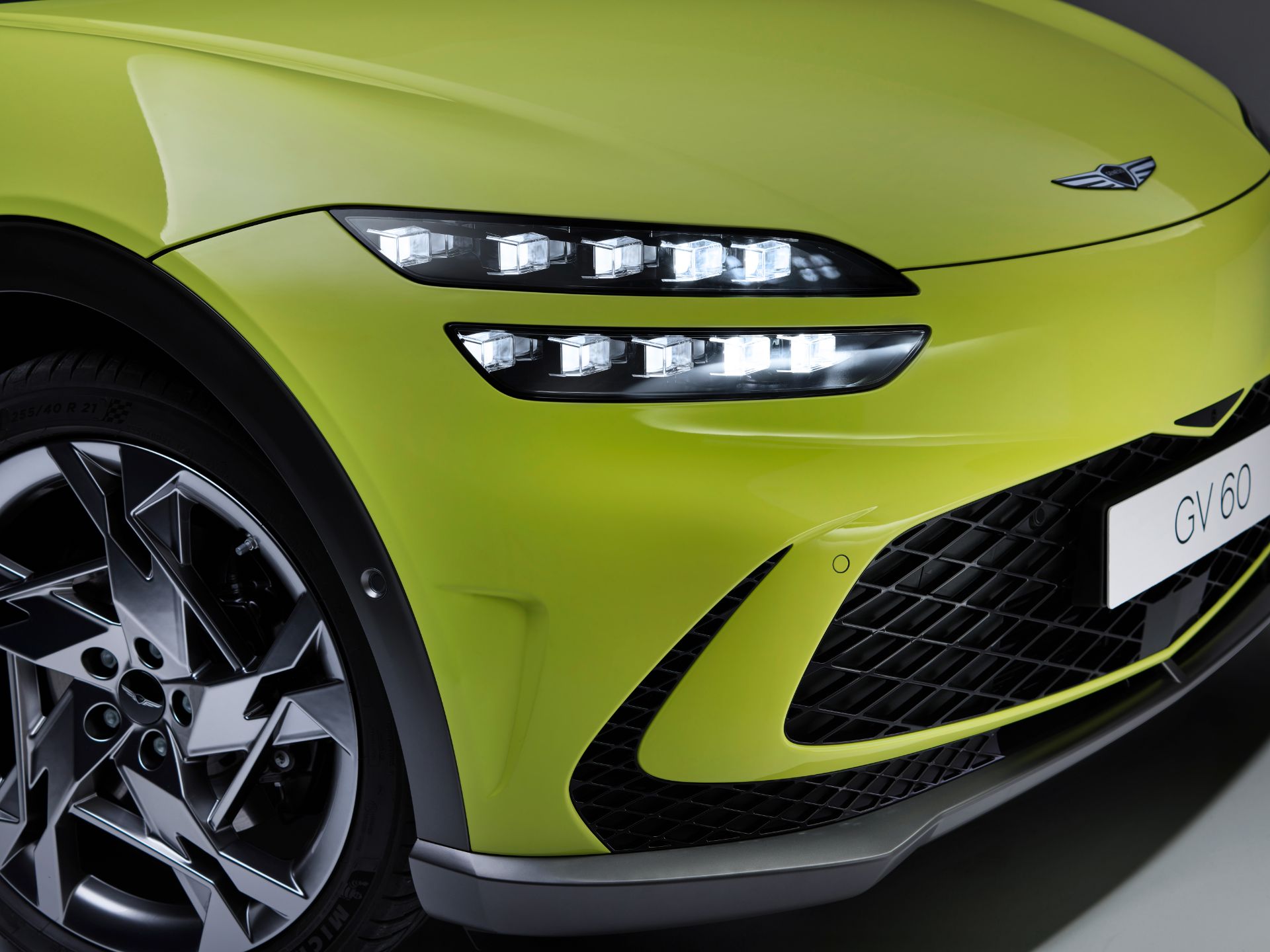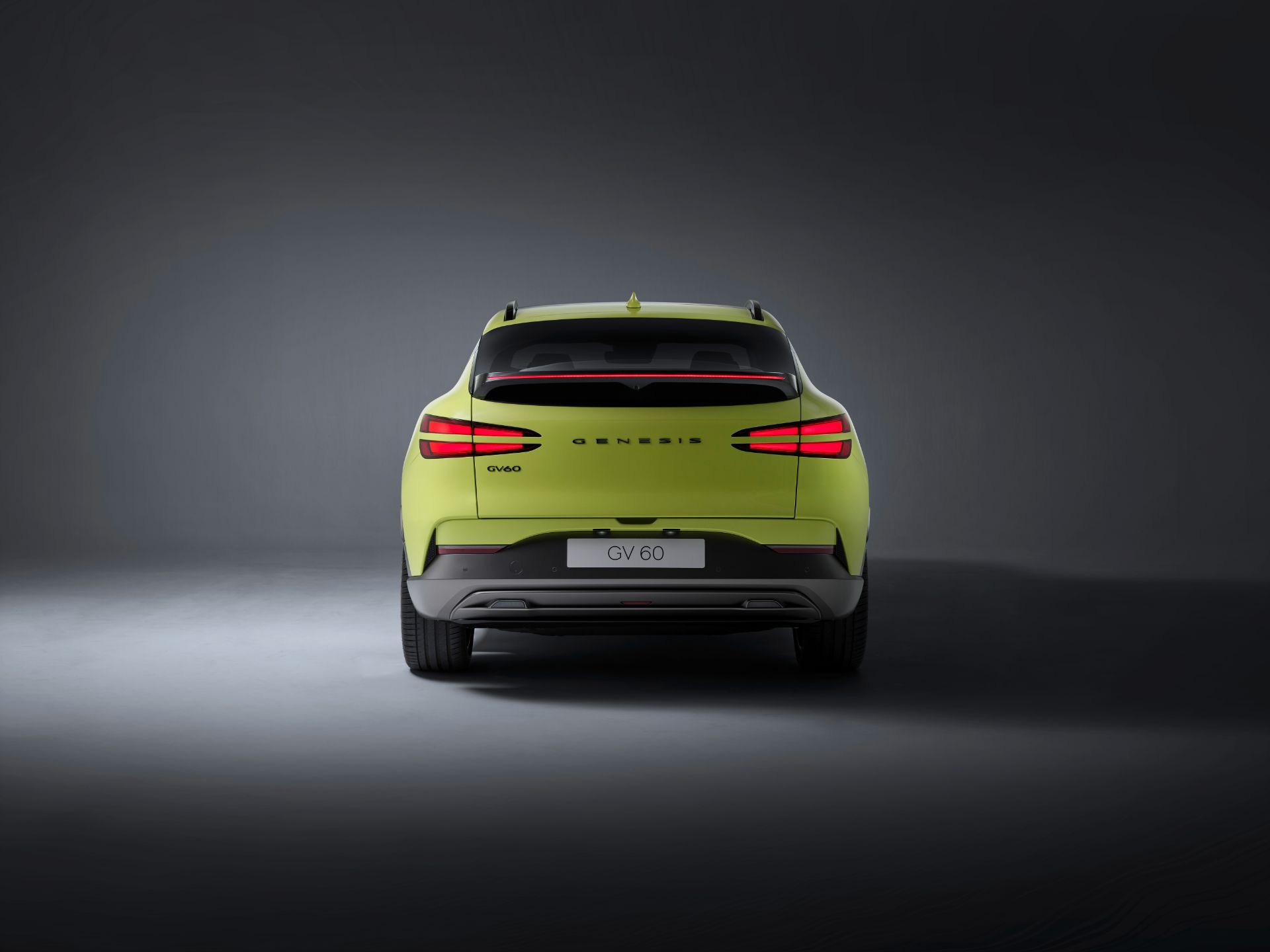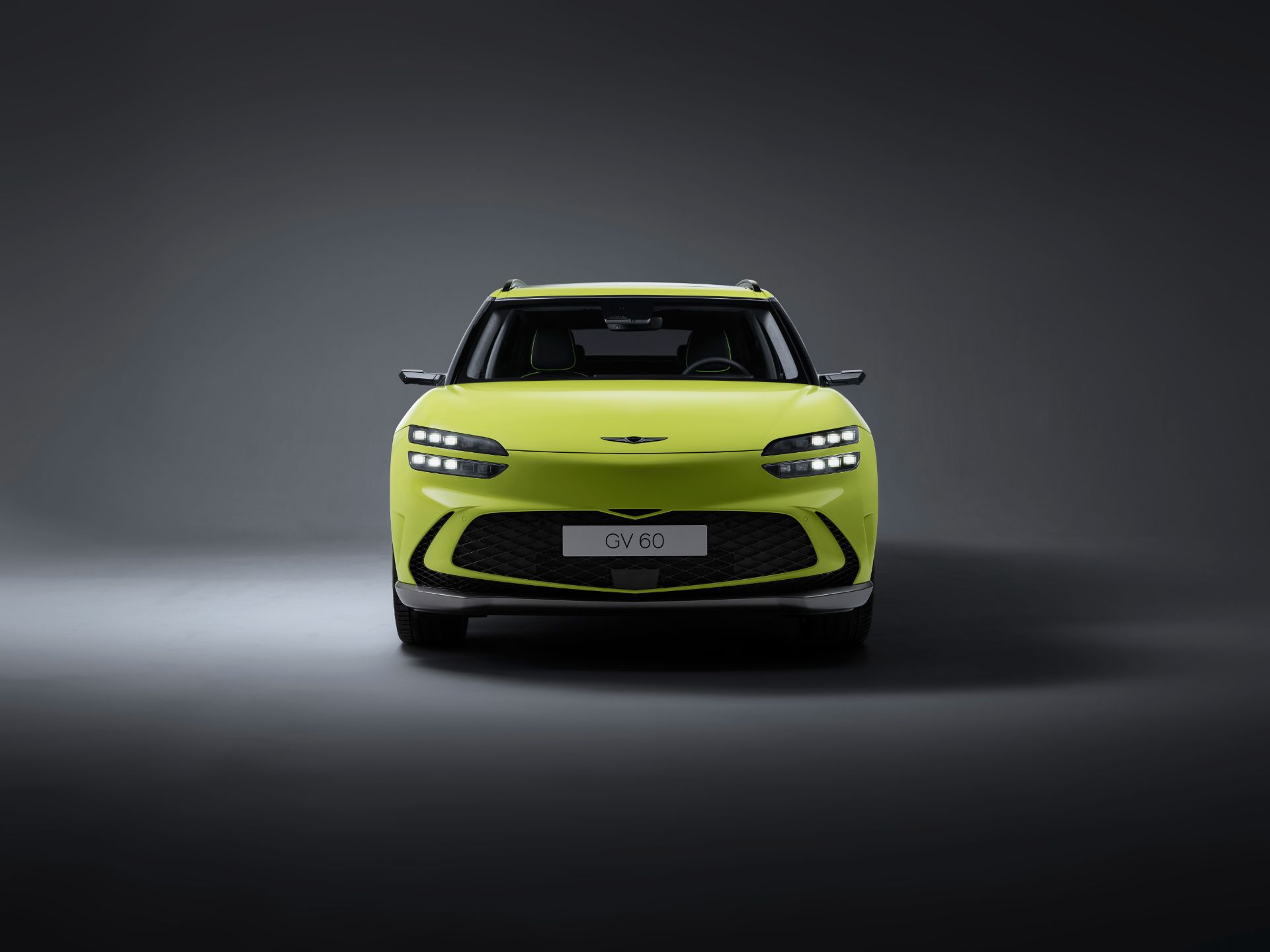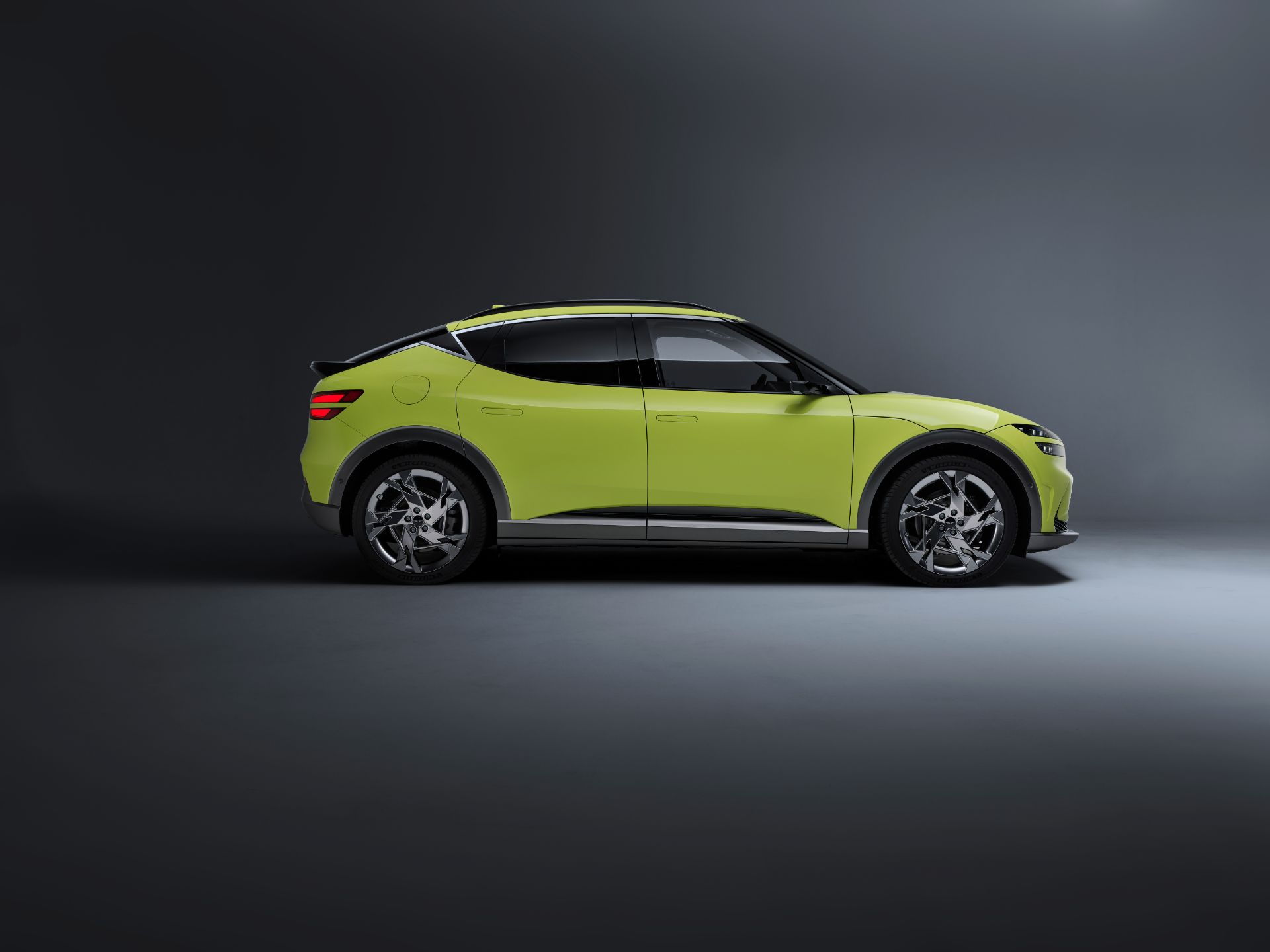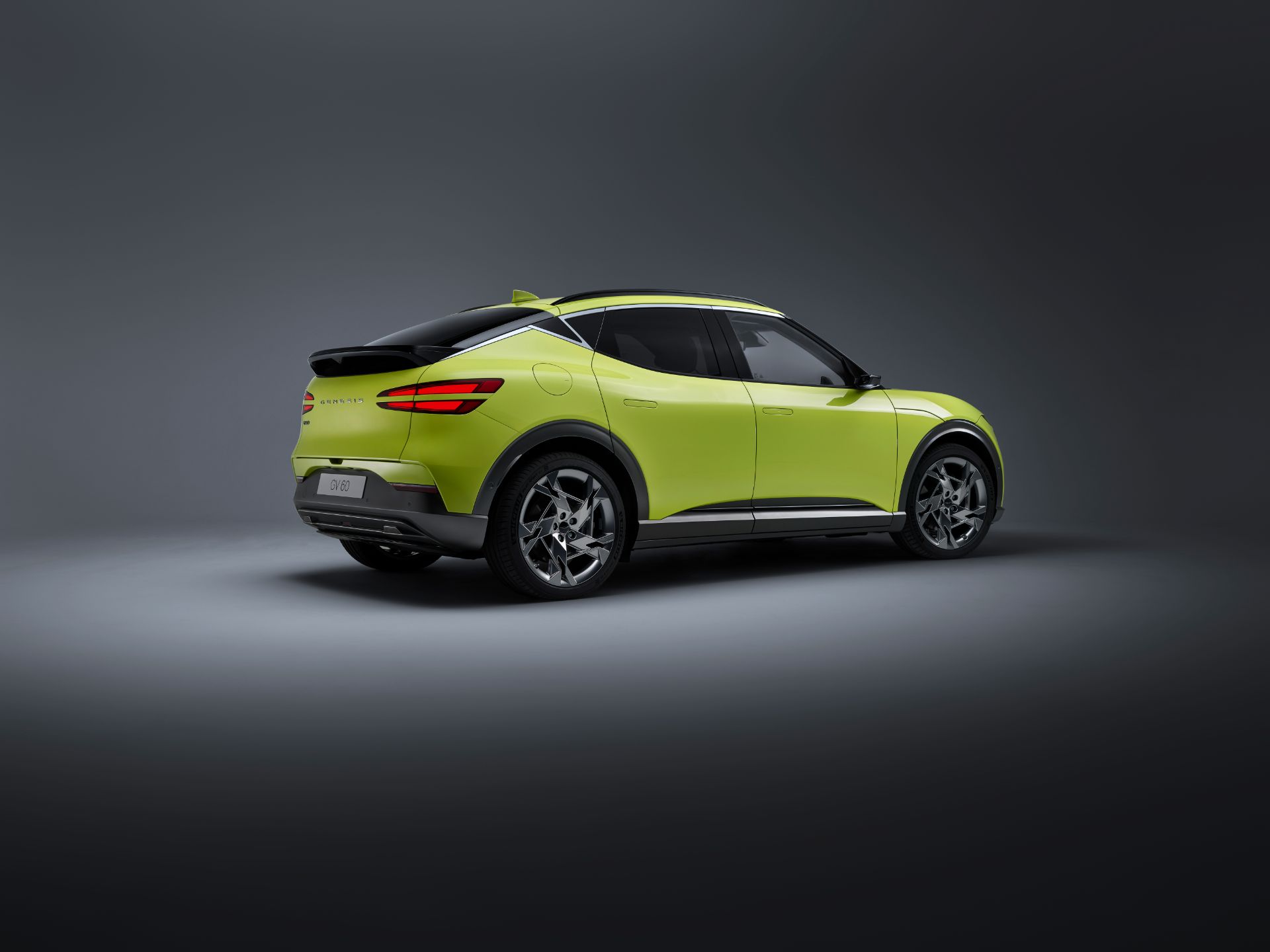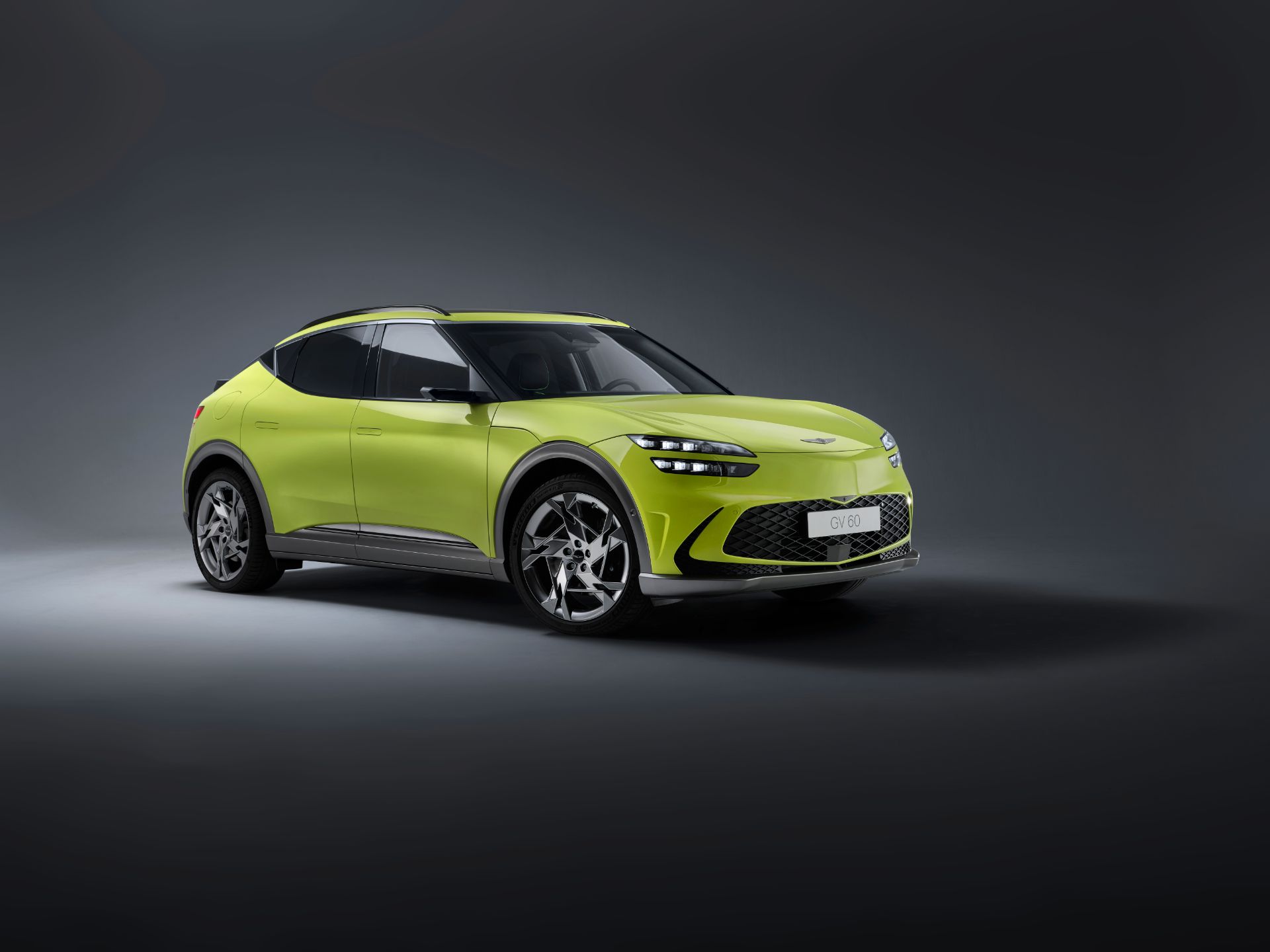Genesis has officially confirmed it will launch the GV60 in Europe this year, adding that it will soon start accepting pre-orders. The GV60 will be the sixth model in Genesis’ European range, and the automaker’s first dedicated EV sharing the E-GMP architecture with the Hyundai Ioniq 5 and the Kia EV6.
As dictated by its name, the GV60 is currently the entry point in Genesis’ lineup, with the crossover positioned below the larger GV70 and GV80 SUVs. European buyers will get all three powertrain variants, along with a long list of standard equipment.
Watch Also: The Genesis GV60 Is Even Better Than The Ioniq 5 And Kia EV6
The base Premium is RWD-only with a single motor producing 225 hp (168 kW / 228 PS). The AWD Sport combines a 214 hp (160 kW / 217 PS) motor at the front and an additional 99 hp (74 kW / 101 PS) at the back, for a combined output of 313 hp (234 kW / PS). Finally, the flagship Sport Plus gets dual 214 hp (160 kW / 217 PS) motors, producing a combined 429 hp (320 kW / 435 PS), while offering a Boost Mode and a Drift Mode.
The standard 77.4 kWh battery is offering up to 451 km (280 miles) of range in the Premium, 400 km (248 miles) in the Sport, and 368 km (228 miles) in the Sport Plus. Thanks to the 350 kW ultra-fast charging capability, the battery can charge from 10-80% in 18 minutes, while it can also transform the car into a mobile power source.
The Genesis GV60 comes standard with all of the latest ADAS, and other high-tech features like the 12.3-inch infotainment touchscreen, and wireless phone charging. Optional extras include heated seats, panoramic sunroof, digital side mirrors, and a fancy 17-speaker Bang & Olufsen sound system. The Korean automaker said that pricing for the EU-spec GV60 will be announced at a later date.
Genesis arrived in Europe last summer, with its current range consisting of the G70 sedan, G70 Shooting brake, GV70 SUV, G80 sedan, and GV80 SUV. The GV60 will be followed by two more fully electric models by the end of 2022. From 2025, Genesis will only unveil EVs, with a zero-emission range by 2030 and the goal of carbon neutrality by 2035.




